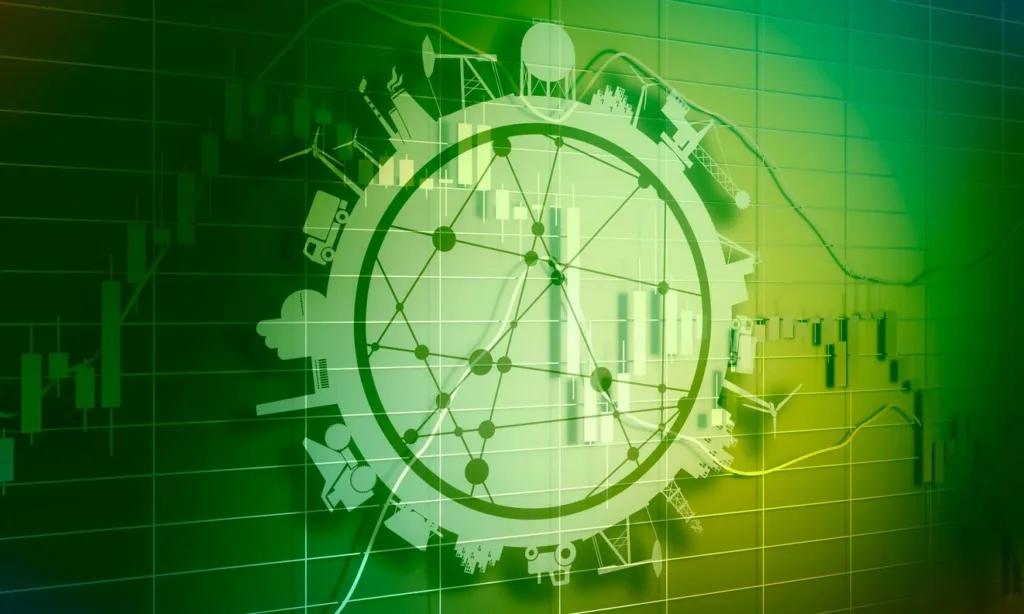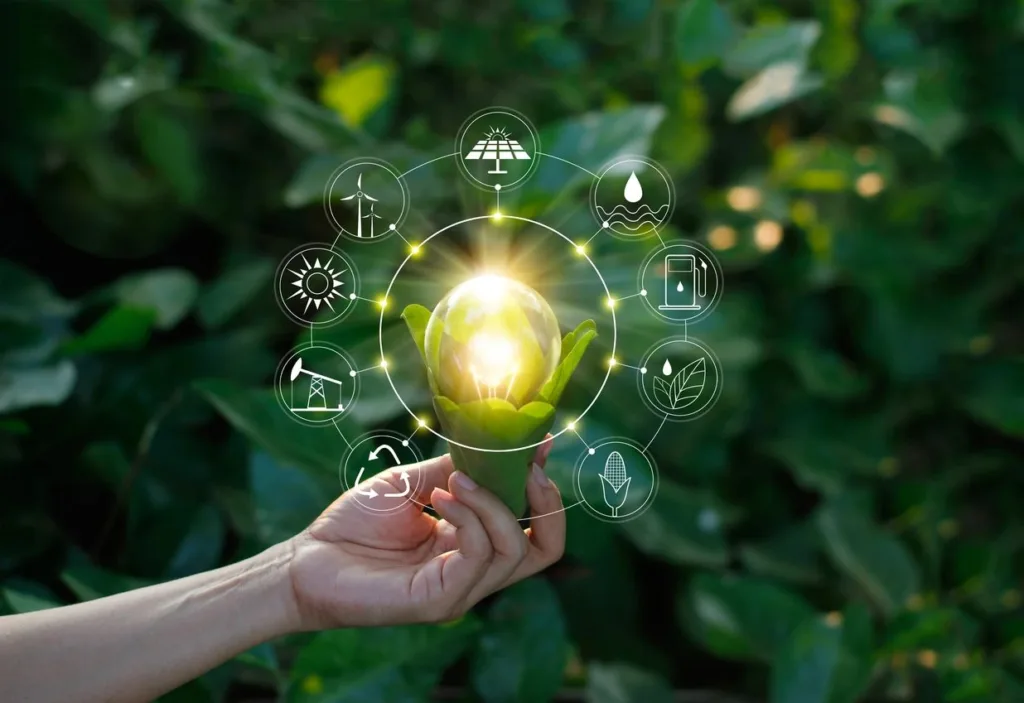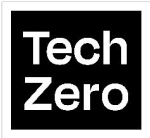Turn Tariffs into a Competitive Edge with LCAs

U.S. President Donald Trump’s tariffs have disrupted global supply chains, introducing new trade restrictions and import penalties. As a result, companies are facing rising costs, shifting sourcing strategies, and tighter operational margins. Tariffs function like an added tax on imported goods—and for companies reliant on global suppliers, the financial impact can be significant. Shifts in […]
Building a Unified, Data-Driven Supply Chain

Product Manufacturers and Suppliers must make informed, strategic decisions to remain competitive in today’s market. A unified view of supply chain sustainability, driven by data-driven insights, enhances efficiency, reduces environmental impact, and improves overall resilience. By integrating data sources, leveraging analytics and AI-driven automation, organizations can build a comprehensive view of their supply chain to […]
Spend-Based vs Product-Level Data LCA: Which is Better?

Reporting and understanding your product or business’s environmental impact is becoming increasingly important. Regulatory pressures, investor expectations, and consumer demand are driving the need for more resilient and low-impact products and services. Conducting a Life Cycle Assessment (LCA), calculating a product’s carbon footprint, or performing other environmental analyses can be costly, time-consuming, and require specialized […]
The Future of AI in LCA: Trends and Innovations

Life Cycle Assessments (LCAs) have become a critical tool for businesses, and policymakers to understand the environmental impacts of products and processes. AI is playing an increasingly important role in meeting sustainability goals, especially in LCAs. From automating data collection to advanced predictive analytics, these AI trends are shaping the future of efficiency, affordable, and […]
Extended Producer Responsibility (EPR): How Producers Lead Sustainability

Extended Producer Responsibility (EPR) is a key policy approach to managing waste and promoting sustainable practices. EPR is an important aspect of supporting a circular economy and businesses must embrace environmentally friendly processes to comply. EPR can be beneficial not only to the environment, but also to producers of products who can reduce their reliance […]
The Cost of a Life Cycle Assessment (LCA)

A Life Cycle Assessment (LCA), or Life Cycle Analysis, is an essential tool for understanding the environmental impact of a product or service throughout its entire life cycle. By analyzing every stage, from raw material extraction to manufacturing, use, and eventual disposal, LCAs empower organizations to make informed decisions to reduce environmental impact. A high […]
Decoding Carbon Tax Credits: The Role of LCAs

As sustainability continues to be a high priority topic, carbon tax credits have emerged as a pivotal tool for reducing greenhouse gas (GHG) emissions. These credits provide financial incentives for businesses to minimize their environmental impact. However, the effective implementation and credibility of these tax credits hinge on accurate measurement and reporting of carbon footprints. […]
Insights to Action: LCA Consultants Empower Industries

Sustainability is no longer optional—it’s a necessity. Businesses across industries are facing growing pressure from consumers, regulators, and stakeholders to reduce their environmental impact and adopt eco-friendly practices. Where to start? A Life Cycle Assessment (LCA) offers a powerful solution by evaluating the environmental effects of a product, process, or service across its entire lifecycle. […]
LCAs for Retailer Sustainability Programs

As sustainability becomes a key focus in the retail industry, retailers and brands are increasingly seeking ways to meet environmental standards and effectively communicate their efforts to consumers. Life Cycle Assessments (LCAs) are essential tools that help evaluate the environmental impact of products from start to finish. By providing detailed insights into a product’s carbon […]
Sustainability of Consumer Goods: Measuring Impact

Measuring the sustainability of consumer packaged goods (CPG) products is a complex task, influenced by various factors across different life cycle stages. Understanding these impacts requires a holistic approach, examining every step from raw material extraction to end-of-life disposal. Leveraging a Life Cycle Assessment (LCA) to understand the Product Carbon Footprint of a company’s portfolio […]
AI-Powered Life Cycle Assessments (LCAs)

Harnessing the Power of Artificial Intelligence in Life Cycle Assessment A Life Cycle Assessment (LCA) is a crucial method for businesses aiming to understand the environmental impact of their products, services, or processes over their entire life cycle—from raw material extraction to disposal. However, traditional LCAs can be time-consuming and complex, especially as businesses strive […]
Sustainable Solutions for E-Commerce

E-commerce has transformed how we shop, offering convenience and access to products from around the globe. As we journey into the holiday season, many consumers will use e-commerce to shop for family and friends. E-commerce will continue to grow with the market expecting to total over $7.9T in 2027. However, the environmental footprint of e-commerce […]
CPG Sustainability for the Holidays

The holiday season is an important time of year for consumer packaged goods (CPG) companies. Increased demand also means supply chains are under increased stress as consumers shop for friends and families and companies need to meet end-of-year sales and profit goals. Despite this activity, companies are expected to maintain environmental sustainability, especially as consumers […]
Driving Sustainability in CPG

For Consumer Packaged Goods (CPG) brands, sustainability is no longer a nice-to-have but a strategic imperative. Consumers are increasingly prioritizing environmentally and socially responsible practices, and regulatory pressures are mounting, requiring brands to reduce their environmental impact while meeting demand for transparency and ethical sourcing. However, sustainability can be a confusing and resource intensive initiative, […]
Eco-Labels in Decision-Making

In today’s increasingly environmentally conscious world, consumers are becoming more aware of the environmental impact of the products they purchase. Eco-labels play a convenient role to help consumers identify the sustainable products they seek. From food to fashion and electronics, people are looking for ways to reduce their environmental impact to align their purchases with […]
